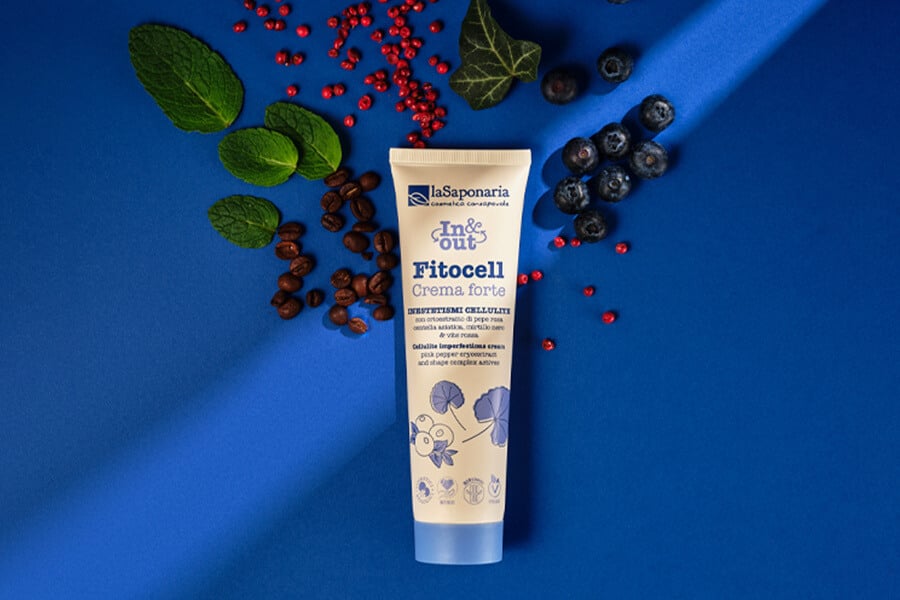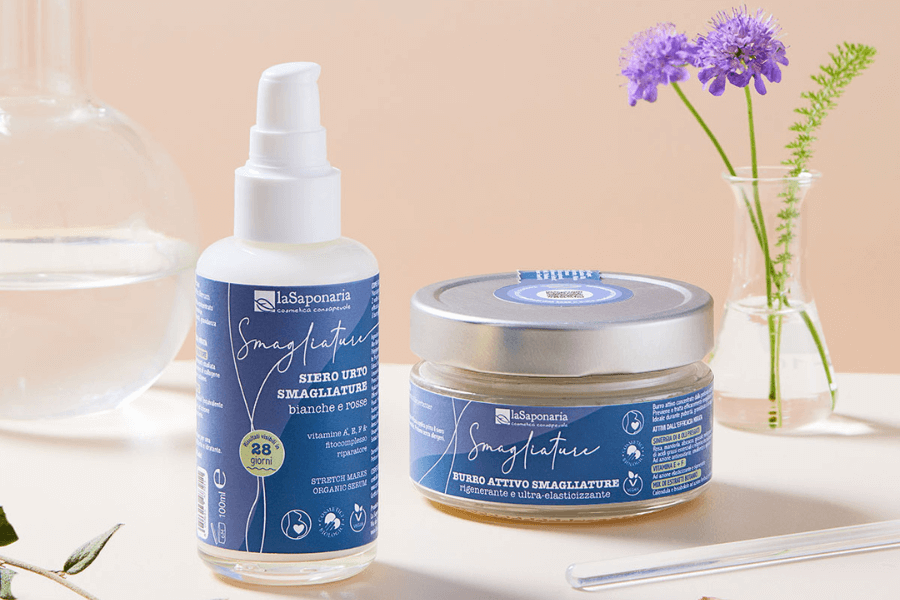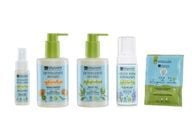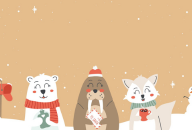- Call us! +390721 911004
- Write a message
- Whatsapp +39 377 3844777
- Become a reseller
- Test and E-book
- Location and contacts
-
MenuBack
-
Organic cosmetics
-
-
space
-
-
-
-
-
-
-
Christmas Gift
-
-
Skin care
-
Hair care
-
Body Care
- Christmas gift
- Routines
-
DIY
-
-
space
-
-
-
-
-
-
PRODUCTION TOOLS
-
-
DOWNLOAD THE RECIPES
-
-
-
Organic library
-
-
BEAUTYBLOG
-
-
-
GLOSSARY
-
-
-
DO-IT-YOURSELF RECIPES
-
-
-
TEST AND E-BOOK
-
-
About us
-
-
space
-
-
-
-
-
PHILOSOPHY
-
-
-
NATURAL COSMETICS
-
-
-
FLAGSHIP STORES
-
-
-
Sustainability
-
-
space
-
-
-
BENEFIT COMPANY
-
-
-
ETHICAL CHAIN
-
-
-
SUSTAINABLE PACKAGING
-
-
-
SUSTAINABILITY IN THE COMPANY
-
-
-
Supported projects
-
NOTICES AND AWARDS
-
-
-
Business Area
-
-
space
-
-
-
OPEN A FLAG SHIP STORE
-
-
-
BECOME A RESELLER
-
-
-
PRIVATE LABEL
-
ACCOMMODATION FACILITIES
-
-
-
RESELLERS LOGIN
-
-
-
Resellers
-
-
RESELLERS RESOURCES
-
-
-
OPEN A FLAGSHIP STORE
-
ACCOMMODATION FACILITIES
-
PROMOTIONAL MATERIAL
-
-
-
RESELLERS NEWS
-
REGISTER YOUR SHOP
-
-
-
BODY CARE LINE 2025
-
-
-
CHRISTMAS GIFT
-
-
- Store locator
Sugar Beet

INCI NAME:
Betaine
ORIGIN:
Vegetal
FUNCTION:
Moisturizing, humectant, restructuring, protective, viscous

This is an automatic translation
Beetroot amino acid (also known as Betaine) is widespread in nature and is obtained as a by-product of sugar beet processing (Beta Vulgaris). It is a natural osmolyte that protects cells from dehydration and oxidative stress caused by UV radiation.
Osmolytes are the natural response to dehydration: they are substances taken by the cells as protection against osmotic stress, dryness or temperature. The accumulation of betaines inside the cells does not disturb the structure of proteins and the integrity of the cell membrane, but rather allows the retention of water in the cells, protecting them from the effects of dehydration.
Betaine is presented as a white powder, highly soluble in water, making it an excellent ingredient with a humectant and moisturizing action (it is in fact able to bind water molecules present in the skin and prevent evaporation). Furthermore, it performs a reparative and protective function towards the mucous membranes. It is usually used in percentages ranging from 1% to 5%.
Beetroot amino acid is used in a variety of cosmetic products ranging from body and hair cleansers to skincare products (face creams, lotions, gels, sunscreens, deodorants) and is also suitable for the most sensitive skin.
In addition, it is often included in skin and hair cleansers because it mitigates the aggressiveness of the surfactants contained therein.
Benefits for the hair: the beet amino acid is deposited on the surface of the hair and penetrates deeply into the cortex. Tests carried out on bleached hair twice in a row have shown how beet amino acid binds to damaged sites and reduces existing internal and external damage. In this way it contributes to the reinforcement of the internal structure of the hair, making the surface softer and therefore more resistant to friction and breakage.
The figure shows the results of a test carried out on twice bleached hair, treated with a control shampoo and a shampoo containing beet amino acid: after using the shampoo with betaine, the hair is restored and strengthened.
Beetroot amino acid greatly improves the general condition of the hair by acting as a conditioner. It improves the condition of treated and natural hair both wet and dry, protecting it from friction and damage.
It also helps improve the strength of the hair, helping to make it stronger and more resistant to breakage. In vivo tests have shown that it reduces damaged hair fibers by 39-50%, and also reduces split ends by 36%.
The beet amino acid also acts to reduce the frizz generated by a highly humid climate. The decrease in frizz can be seen with an evident increase in the brightness of the hair, which acquires a healthy and beautiful appearance.
In addition to providing beneficial effects on the hair, it also helps improve the health of the scalp by protecting it from irritation caused by surfactants and increasing its hydration and barrier effect.



























